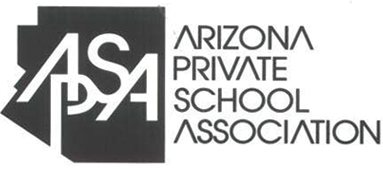Earning your commercial driver’s license (CDL) is the first step to becoming a truck driver. If you want to haul certain types of freight, you may also need one or more endorsements. These are additional certifications that you earn by passing written tests beyond the general knowledge exam. One example is the hazardous materials (hazmat) endorsement. The CDL hazmat test covers material from section 9 of the manual and is one of three endorsements you can earn at HDS Truck Driving Institute (HDS truck driving school).
More information about what the hazmat endorsement test includes:
Hazmat in the CDL Manual
In general, the CDL manual is an excellent guide to what will appear on the written exam. Section 9 covers hazmat and is split into 7 subsections. Understanding each of these will be helpful for passing the CDL hazmat endorsement test. The descriptions below give a broad overview of the material included.
The subsections are:
Intent of Hazmat Regulations
There are three main goals for hazmat regulations: containing potentially dangerous substances, communicating the risks to everyone involved in transport, and assuring safe drivers and equipment. All of the rules hazmat drivers follow are in service of these objectives.
Who Does What
This subsection discusses the responsibilities of the shipper, carrier, and driver in safely transporting potentially dangerous materials. These groups/individuals must all work together and understand their unique role.
Communicating Hazards
Any hazmat must be properly labeled, including a package label and a placard for the vehicle transporting the items. The shipper must also prepare shipping papers that describe the material and the driver needs to keep these papers in an easily-accessible location. There are specific placard and label requirements for each class and subclass of hazmat.
Loading and Unloading
As a driver, you need to be sure to load and unload hazmat carefully. There are general guidelines as well as more specific requirements depending on the class of material. The CDL hazmat test includes questions about how to load and unload the different types of hazmat.
Bulk Packaging Regulations
Bulk packaging refers to any sort of container where a dangerous substance has no intermediate form of containment. This applies if there is a maximum capacity over 450L for liquids, a maximum net mass over 400kg or a maximum capacity over 450L for solids, or a water capacity greater than 454kg for gases. Additional regulations apply for any bulk packaging.
Driving and Parking Rules for Hazmat
When you are transporting hazmat, you must follow additional guidelines for driving and parking that may not apply for non-hazardous freight. There are also specific requirements for certain classes. For example, those transporting Division 1.1, 1.2, or 1.3 explosives must have and follow a written plan for their route.
Handling Emergencies
If there is a crash or other incident, then it is your responsibility as a professional driver to follow all necessary regulations to keep yourself and others safe. This includes keeping people away from the scene, limiting the spread of the material if you can safely do so, and communicating with emergency response personnel. You must follow general guidelines in addition to specific steps depending on the class of material. You should also be aware of when it is necessary to contact the National Response Center. This agency coordinates emergency responses to chemical hazards.
Prepare for the Hazmat Endorsement Exam
Understanding the precautions you must take if transporting hazmat is crucial. This is not only to pass the endorsement test but also to prepare you for your career if you choose to haul hazardous freight. At HDS truck driving school, our world-class instructors will give you the information you need to succeed as a truck driver.










